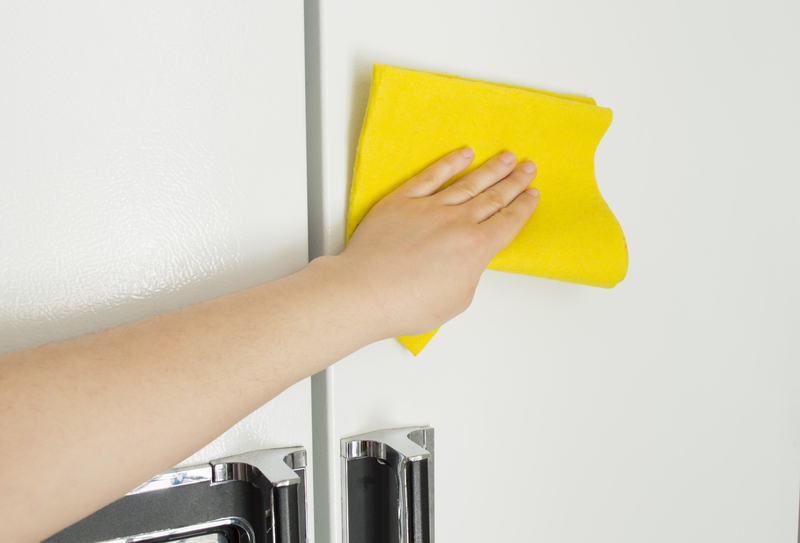Cleaning bathroom tile grout might seem like a daunting task, but with the right approach and tools, it can be done efficiently and effectively. Grout often collects dirt, mold, and mildew over time, which can affect both the appearance and hygiene of your bathroom. This guide will walk you through the steps necessary to keep your grout clean and maintained.
Why is Grout Cleaning Important?
Grout cleaning is crucial not only for aesthetic reasons but also for health purposes. Dirty grout can harbor bacteria, mildew, and mold, which can cause allergic reactions and other health issues. Clean grout also enhances the overall look of your bathroom, making it look fresh and new.

Gather Your Supplies
Before you start cleaning, make sure you have all the necessary supplies:
- Grout cleaner (commercial or homemade)
- Scrub brush or toothbrush
- Microfiber cloth
- Baking soda
- Hydrogen peroxide
- White vinegar
- Spray bottle
- Bucket of warm water
Step-by-Step Guide to Cleaning Grout
Step 1: Preliminary Cleaning
Start by wiping down the tile surface with a damp microfiber cloth to remove any loose dirt and debris. This initial step will make the grout cleaning process more effective.
Step 2: Apply Cleaning Solution
Use a homemade cleaning solution or a commercial grout cleaner. For a homemade solution, mix baking soda and water to create a paste. Apply the paste to the grout lines.
Step 3: Scrub the Grout
Using a scrub brush or toothbrush, scrub the grout lines in a circular motion. Be sure to cover all areas, especially those with visible stains or mildew.
Step 4: Spray with Vinegar
Fill a spray bottle with white vinegar and spray it over the baking soda paste. The mixture will start to fizz, which helps to loosen and lift dirt from the grout. Let it sit for 5-10 minutes.
Step 5: Rinse and Wipe
Rinse the area with warm water and wipe it clean with a microfiber cloth. Make sure to remove all the cleaning solution from the grout.
Step 6: Apply Hydrogen Peroxide
For stubborn stains, apply hydrogen peroxide directly onto the grout lines and let it sit for a few minutes before scrubbing again. Rinse thoroughly afterward.
Step 7: Dry the Area
Use a dry cloth or allow the bathroom to air dry thoroughly. This will prevent mildew from forming.
Tips for Keeping Grout Clean
- Seal your grout every 6-12 months to protect it from stains and moisture.
- Use a squeegee to remove water from tiles and grout lines after each shower.
- Regularly clean your bathroom to prevent dirt and mildew buildup.
- Avoid using harsh chemicals that can damage grout.
- Ventilate your bathroom well to reduce humidity and prevent mold growth.
Pros and Cons of Different Grout Cleaners
Homemade Cleaners
- Pros: Cost-effective, eco-friendly, and safe for most surfaces.
- Cons: May require more elbow grease and time-consuming.
Commercial Cleaners
- Pros: Highly effective and convenient.
- Cons: Can be expensive, harsh, and may contain harmful chemicals.

Takeaways
- Regular grout cleaning is essential for both appearance and health.
- Gather the proper supplies and follow a systematic cleaning approach.
- Choose between homemade and commercial cleaners based on your needs.
- Consistent maintenance will prolong the life of your grout and tiles.
Conclusion
Cleaning bathroom tile grout may be a time-consuming task, but the benefits far outweigh the effort involved. By following the steps outlined in this guide, you can maintain a clean, healthy, and attractive bathroom environment. Regular maintenance, proper ventilation, and the right cleaning supplies will ensure your bathroom grout remains spotless and free from harmful bacteria and mold.



